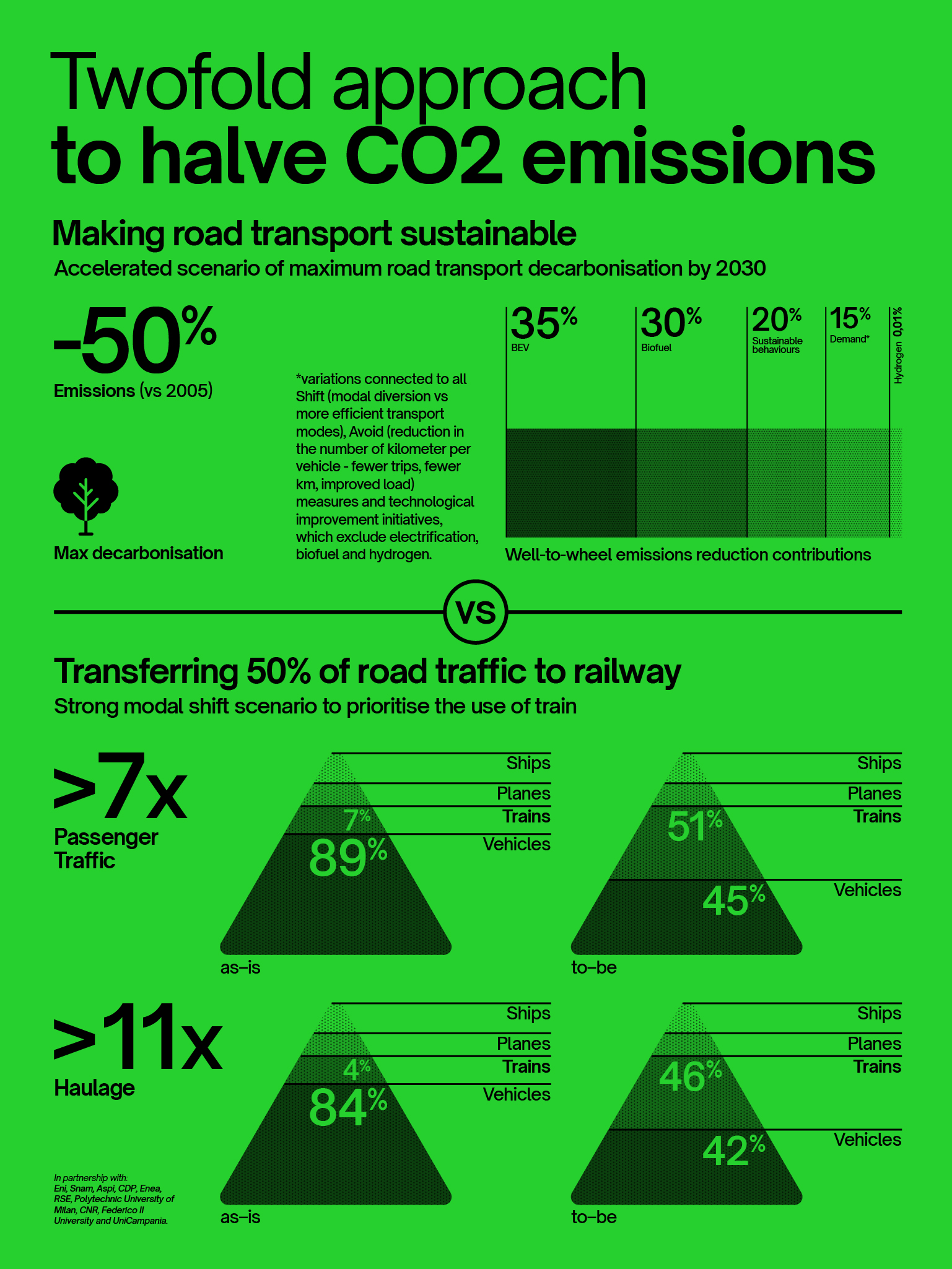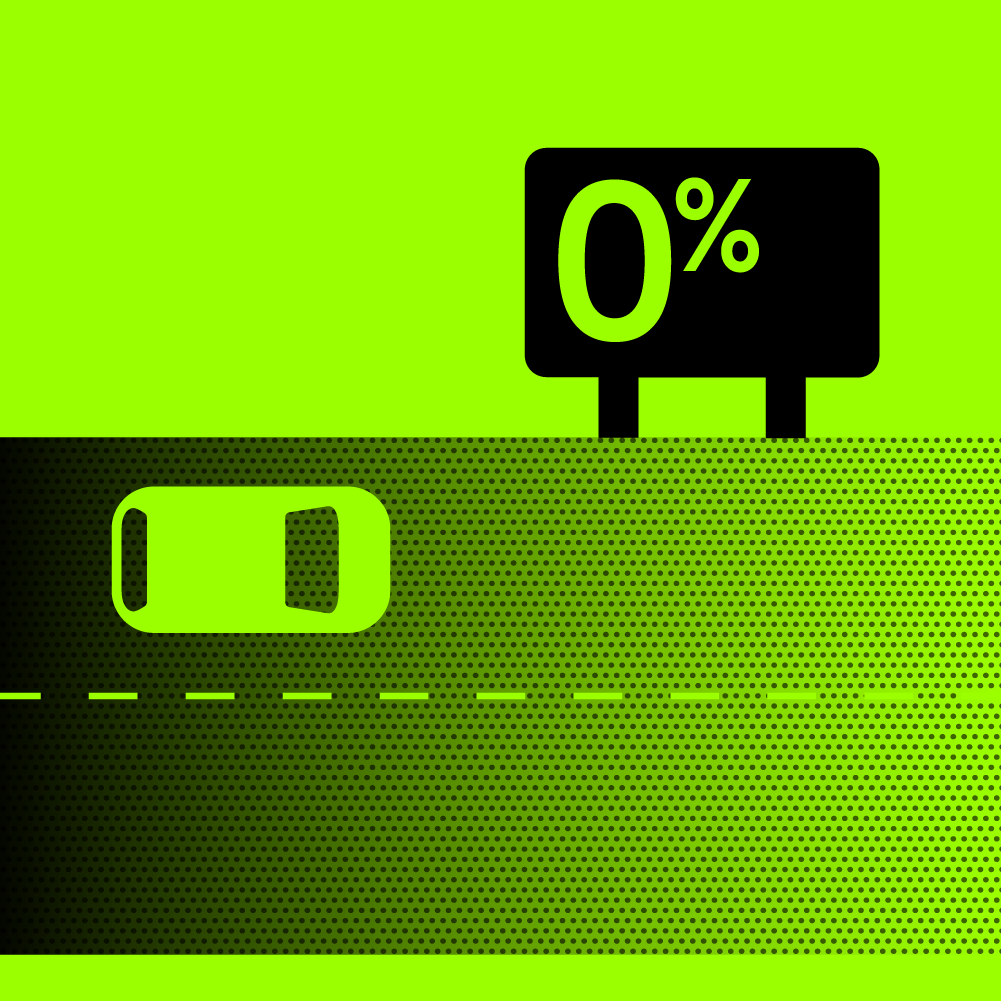Ways to reduce emissions from the transport sector
How long is six years? Depending on your point of view, they can be an eternity, or they can pass in a breath, as in the case of the time horizon set by the European Commission in the “Fit for 55” plan which establishes, precisely within six years, a goal of overall reduction of GHG…
The European Commission has set a target of reducing overall greenhouse gas emissions in the road transport sector and other sectors under the Effort Sharing Regulation by 40% of 2005 levels within six years, which is by 2030. This time horizon can be perceived as an eternity or a blink of an eye, depending on one’s point of view. Italy’s target is even more ambitious, aiming for a reduction of 43.7%.
Given the complexity of the problem at hand, it is important to have ambitious goals for tackling it. However, the feasibility these goals not just for our country, but for Europe as a whole, shall be considered. The current regulatory framework is intricate and convoluted, and the widespread economic, energy, and geopolitical uncertainty further complicates matters. It is difficult to imagine that we will be able to accomplish the decarbonisation objectives of the transport sector within the given timeline.
Therefore, it is helpful to develop theoretical scenarios that illustrate the direction and magnitude of the changes that are taking place. These scenarios can guide the implementation of policies that boost and encourage the most effective pathways for reducing environmental impact.
Two possible scenarios were defined to project the future of mobility demand. However, due to the uncertainty of all variables, these scenarios are highly unlikely but useful to establish a wide range of possible evolutionary trajectories. One scenario is the “maximum decarbonisation” scenario which is optimistic and assumed that all favourable measures to reduce the carbon footprint of the road sector (like full implementation of existing policies to improve energy efficiency, greater use of alternative energy vectors and electric mobility) will be taken. The other scenario is the “minimum decarbonisation” scenario which is pessimistic and assumes that unfavourable measures will be taken.
The simulations conducted for the trend scenarios have unfortunately shown that none of the current policies would achieve the ambitious goals of the European plan. Even in the extreme scenario of maximum decarbonisation, the reduction in emissions by 2030 would fall within a range of 28% to 33%, depending on whether the calculation is based on the “Tank To Wheel” criterion (which only considers a vehicle’s net emissions from the tank to the wheel) or the “Well To Wheel” criterion (which also includes emissions along the production chain of the fuel used). In both cases, however, the values are far from the desired 43% target.
One possibility to contribute to the achievement of the target is to combine the trend scenarios with the accelerated penetration of biofuels such as hydrogenated vegetable oil (HVO) and biomethane instead of fossil fuels. This can be done by fully exploiting the infrastructural potential of the related supply chains, increasing imports from abroad, and promoting sustainable user behaviour that reduces waste, such as incentivizing eco-driving styles and pushing for higher average vehicle load factors. Combining these accelerated scenarios will allow the targets set by the “Fit for 55” directive to fall within a range of reductions between 35% and 50%. However, these EU targets should be revised from a “Well To Wheel” perspective to make them technology neutral with respect to the climate-altering emissions reduction.
It is not possible to achieve the European targets of reducing emissions in road transport in a few years through policy alone or by solely shifting traffic from road to rail. Even if we were to achieve the goal of maximum decarbonisation of road transport (emissions reduced by 50% by 2030) by transferring half of all road traffic to rail, it would be unfeasible from both a technical and economic perspective. Rail transport would need to increase its capacity sevenfold for passenger traffic and eleven times for freight traffic, which is simply impossible.
Therefore, it is necessary to develop and implement a joint policy that promotes sustainable mobility and creates awareness of the tools available to achieve it. This will help to minimise uncertainty and spread a sustainable mobility culture.
Remember, six years can go by very quickly.























